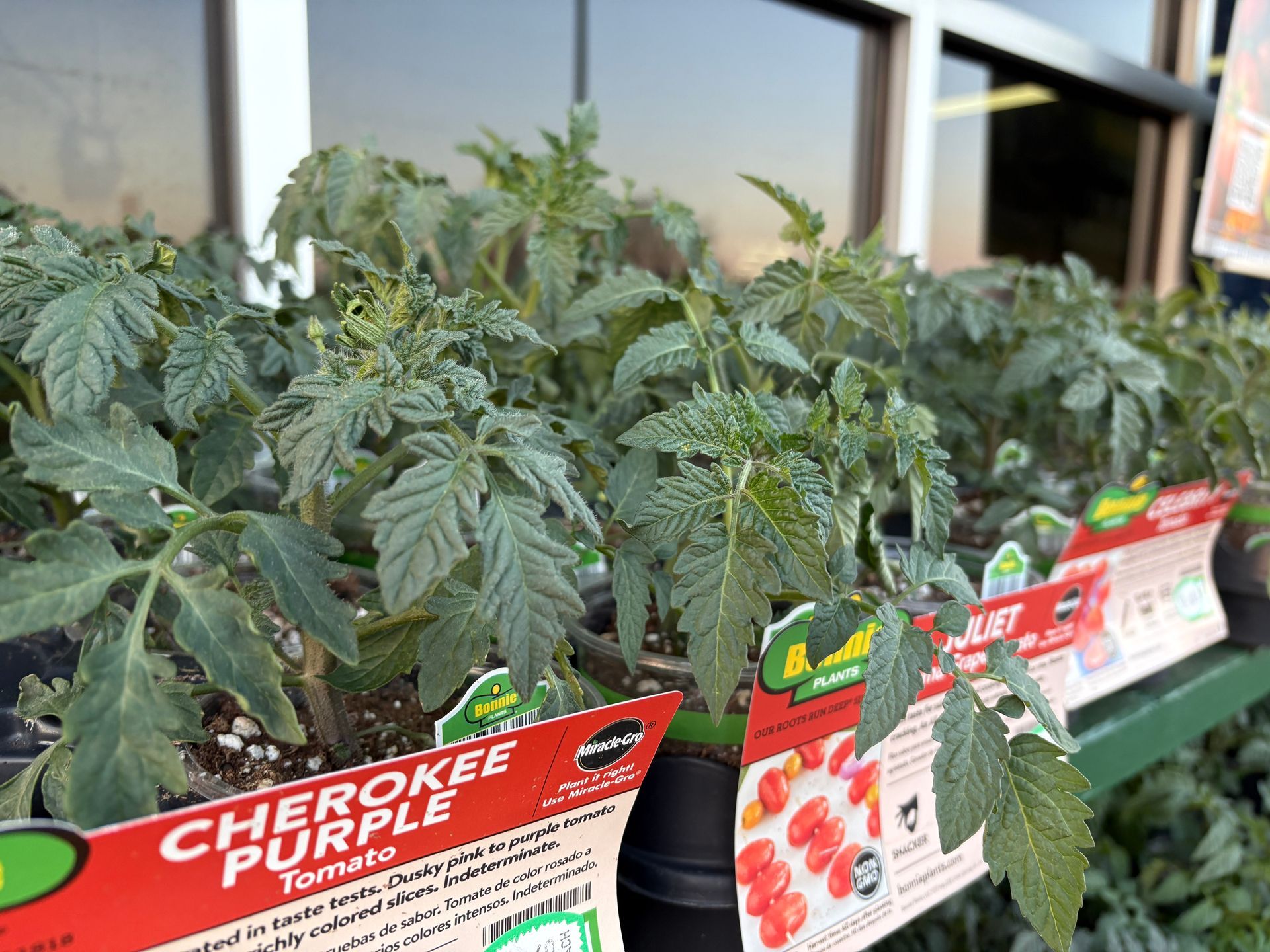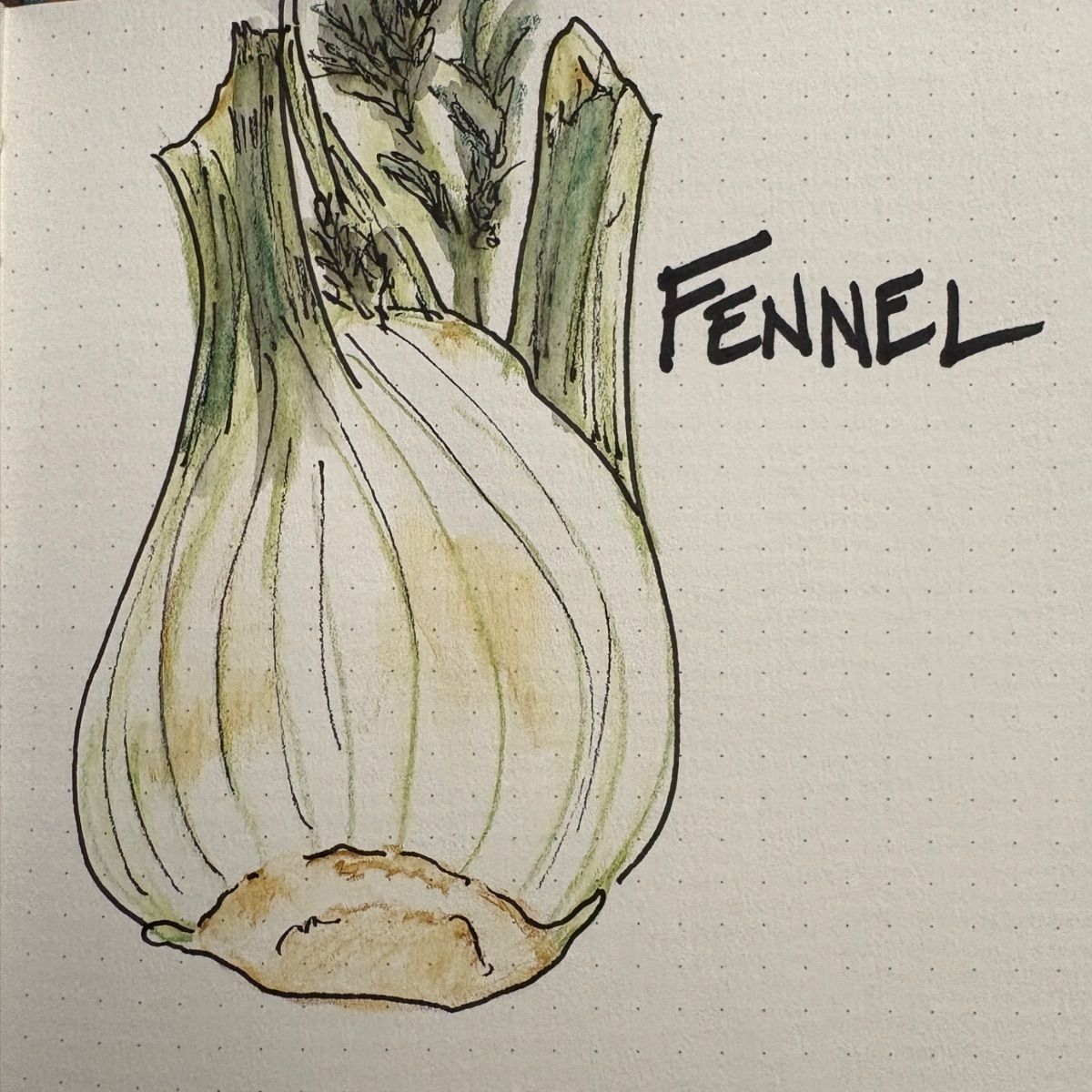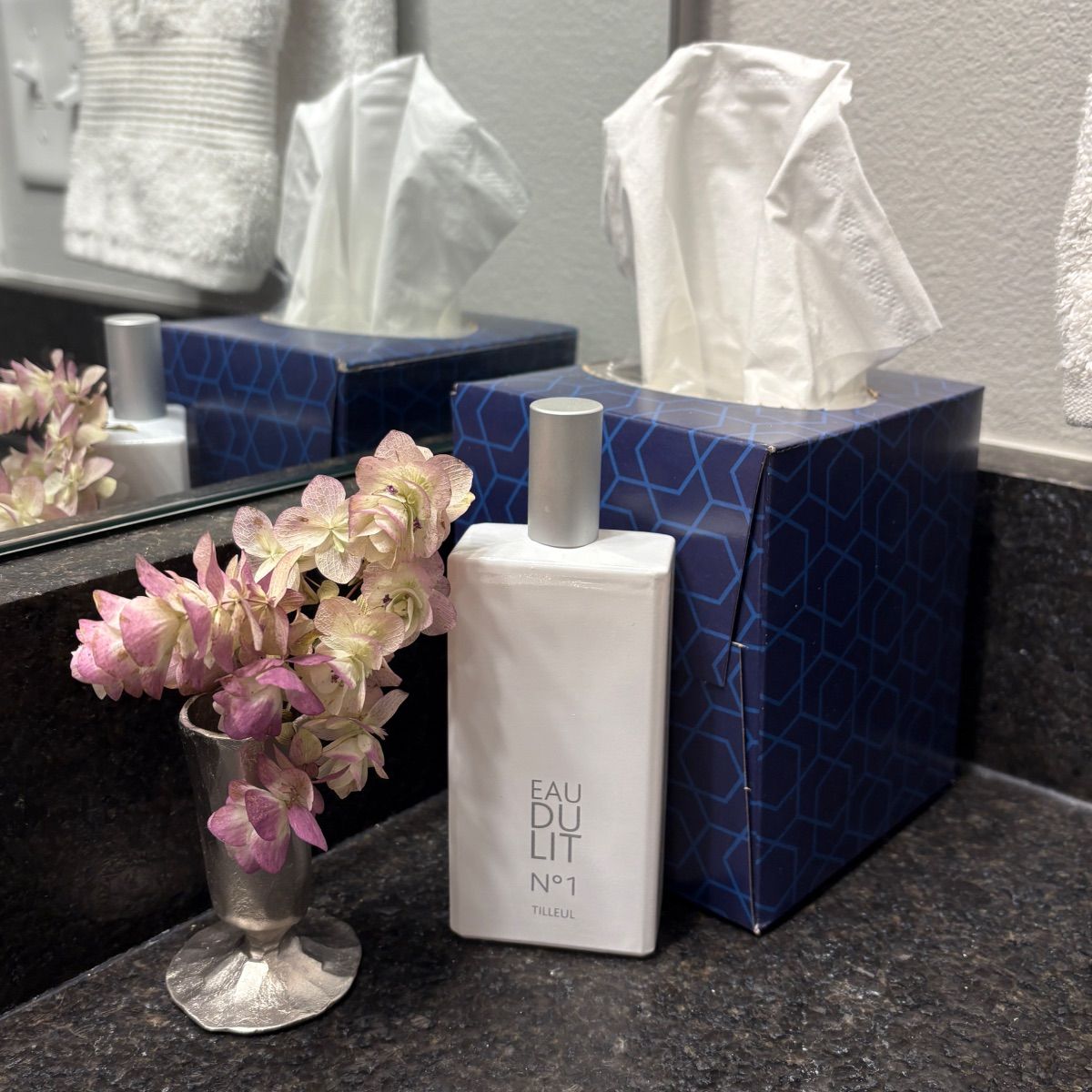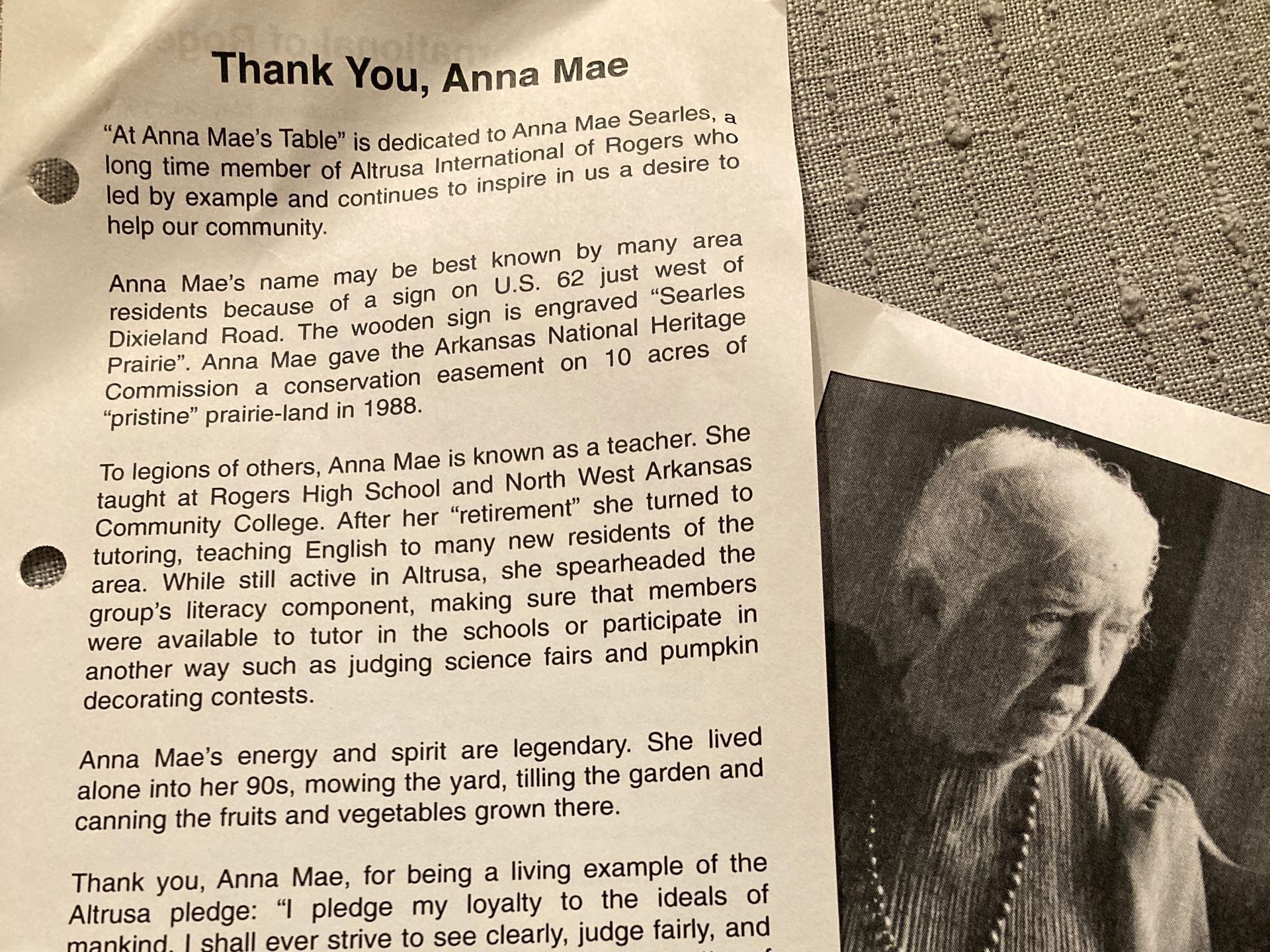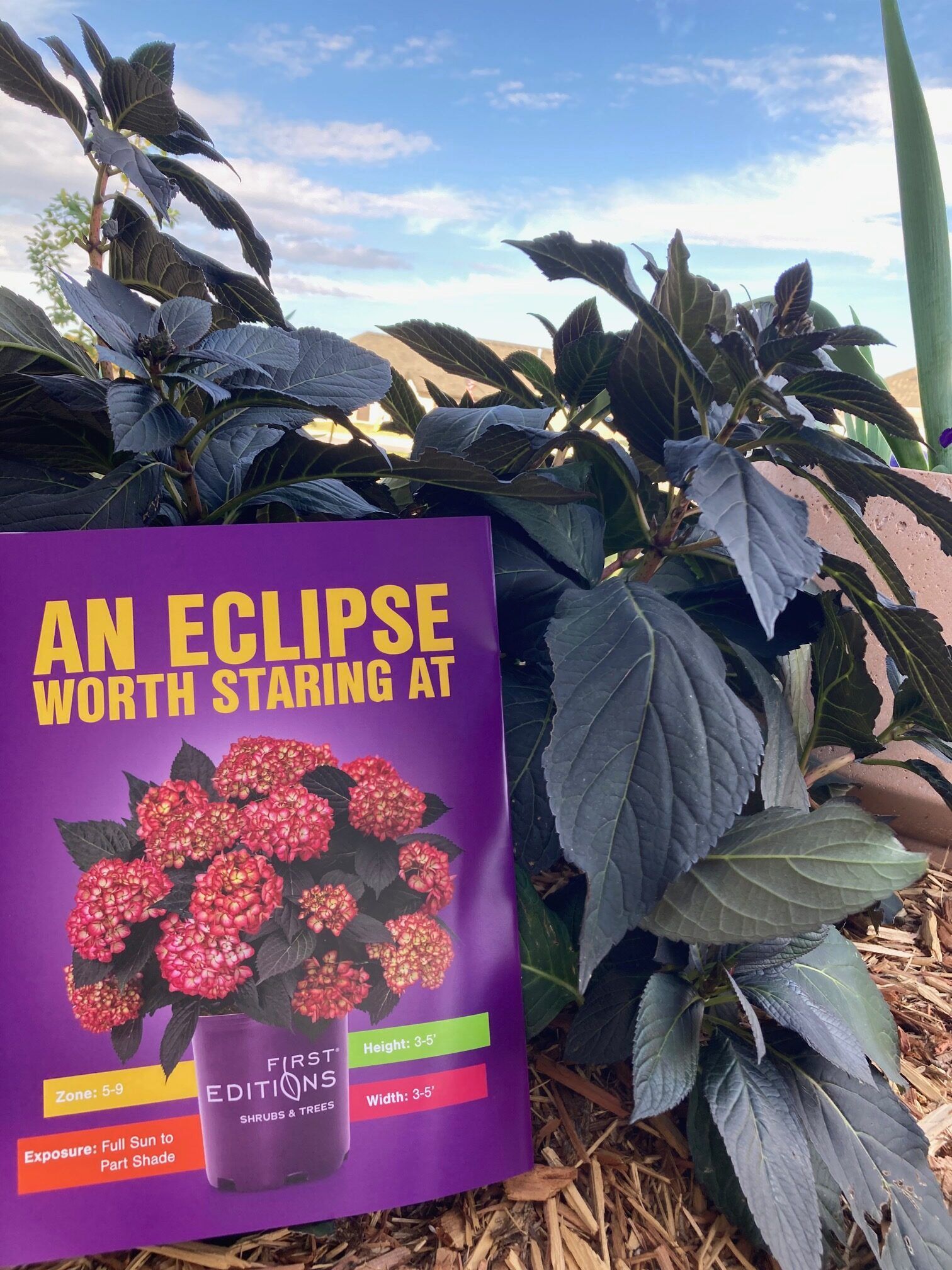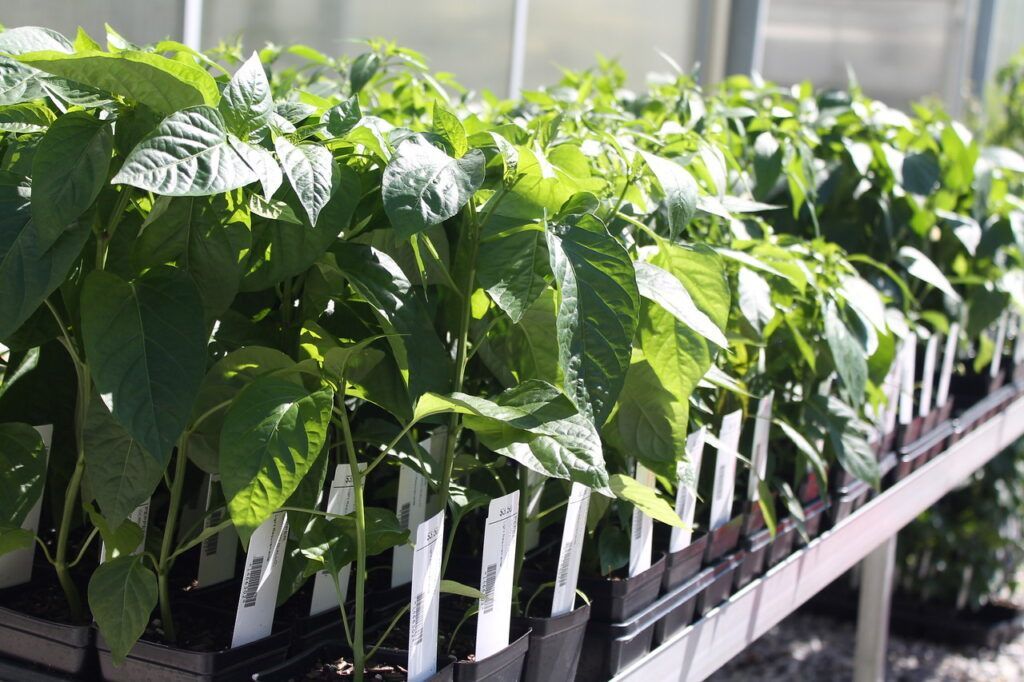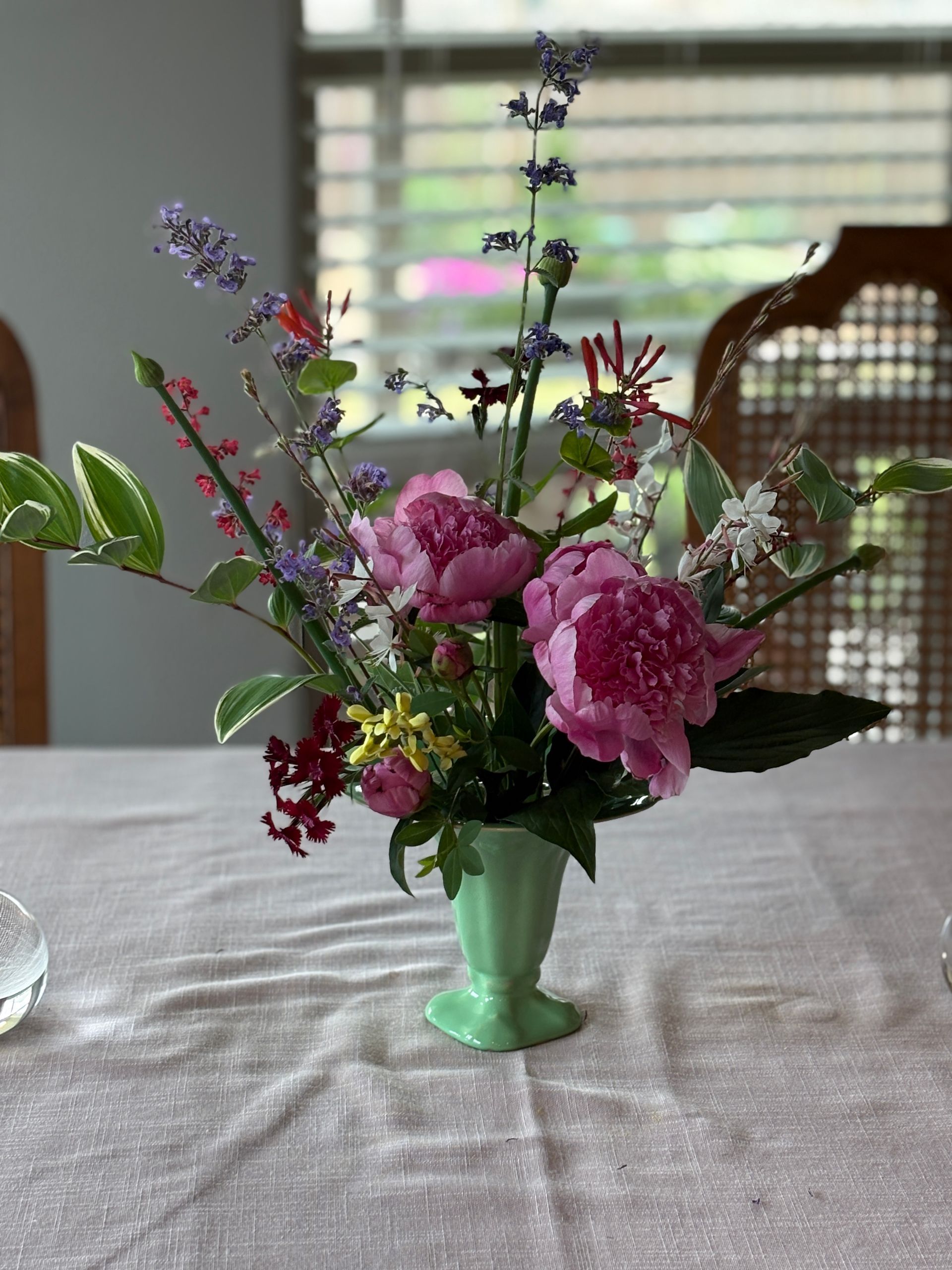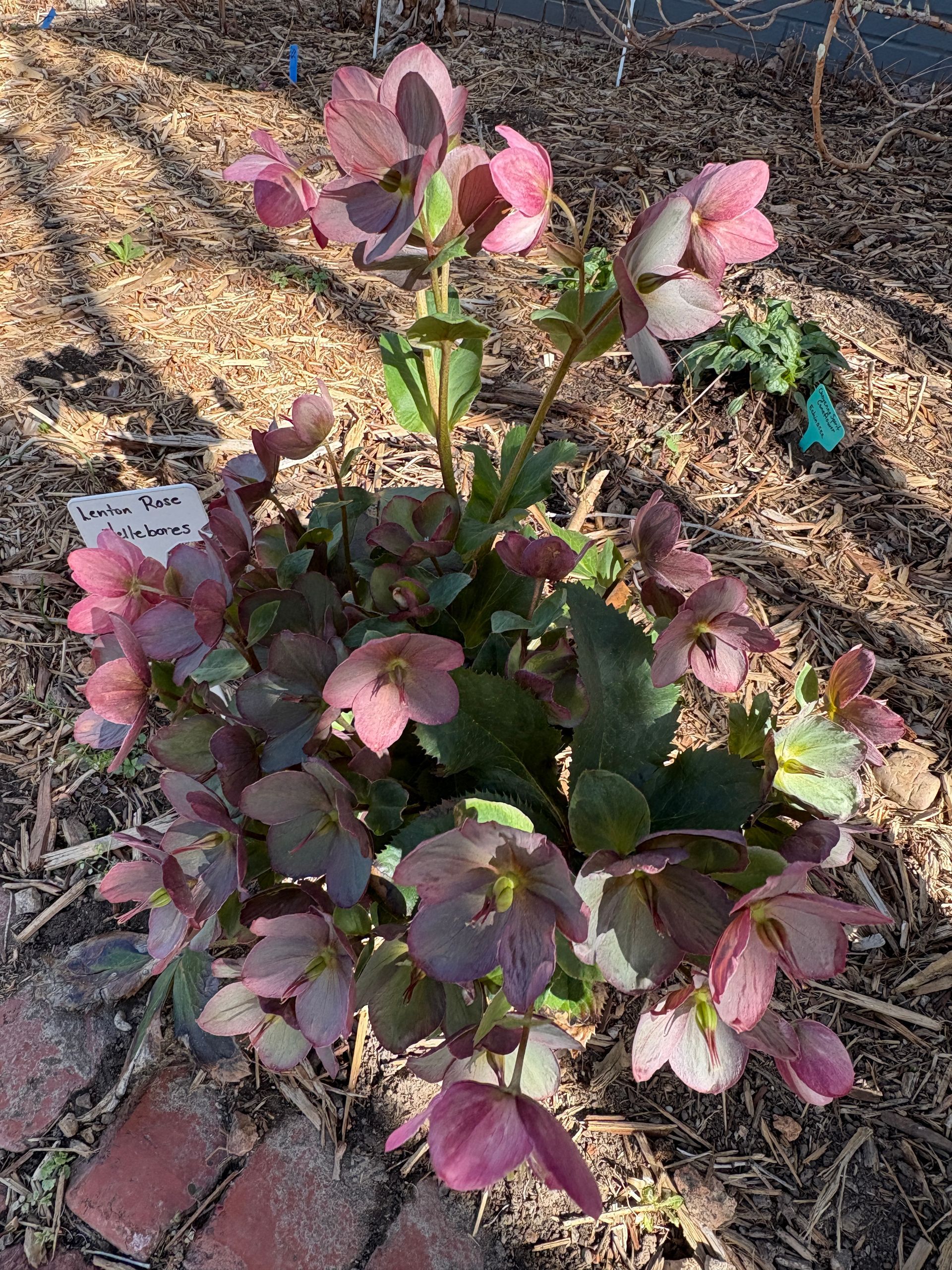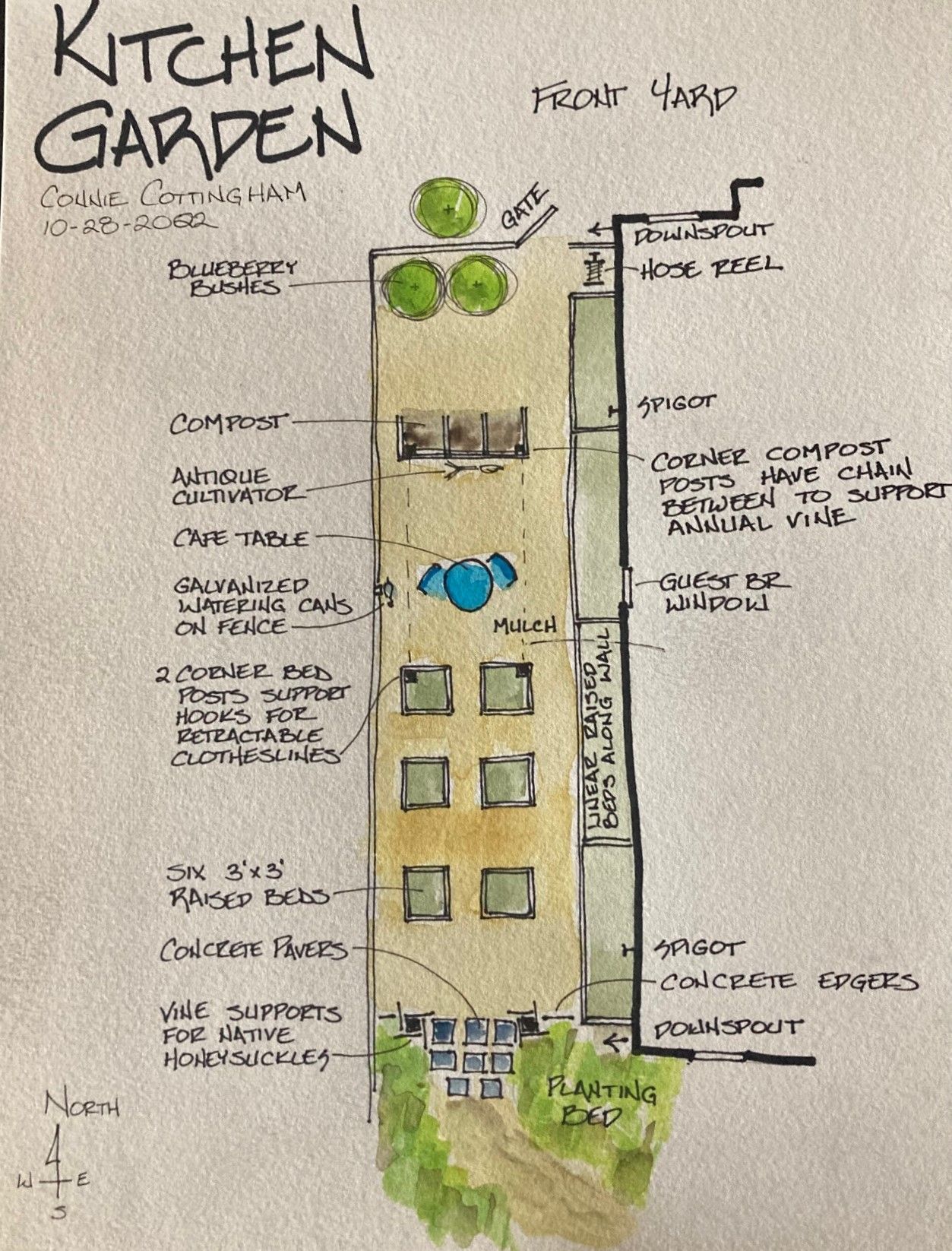What is a native plant? Why plant them?
almost as printed in the Athens Banner-Herald April 2010
“Native plants – gotta have ‘em.” seems to be a mantra among home gardeners, garden magazines and more. But what is a native plant and why would we want to plant them?
In the past few months I have had the opportunity to travel around the state on many trips, spending time in cars with staff members of the State Botanical Garden’s Research and Conservation and the Horticulture Departments, plus the Interim Director – captive audiences who could explain what a native plant is and does. My favorite short description is that a native plant was one growing in this area when the Europeans settled here. OK, so it is a plant that has been here for 300-400 years. Doesn’t seem like much time, but actually since that time many acres have been cleared for cities, cotton, pine forests and more. Since that time English ivy, privet, Chinese wisteria and other non-native invasive plants have made themselves at home, shading out and crowding out native plants.
OK, we have a rough timeline, so where is ‘here’? The native purists may say native means native to the county, others define the area as Georgia. Many native plant societies represent their state, which politically makes a lot of sense but covers many different geographic regions. The plants themselves could care less about our political boundaries. I tend to embrace the Southeast, partially because I have gardened in three areas in the Southeast and I am a member of Southeastern sections of a few plant organizations. Northern and Western North America is so different from us and so unfamiliar to me as a gardener that I stay Southeast when I think ‘native’. That doesn’t mean we can’t grow their plants – leatherleaf mahonia is from the opposite corner of the country, yet I have two of those plants thriving in my garden. Echinacea tennesseensis is native to a small area near Nashville, Tennessee, but will be at the Botanical Garden Plant Sale and will do well in our gardens. Home gardeners must keep in mind though that if a plant is native to a shady creek bank in this area, offering it a dry sunny spot will probably not make it happy. It is important to match the growing conditions, not just the geography.
As a rule, native plants, truly native plants, are species. If a plant is a cultivar, which stands for ‘cultivated variety’, someone bred the plant to encourage certain characteristics. This is why nurseries now offer an abundance of leaf colors in coral bells (Heuchera) and coneflowers (Echinacea) with double petals or fragrance or with bloom colors of purples, wines, yellows and white. So Heuchera villosa is a Southeastern native plant and one of the parents of Heuchera ‘Georgia Peach’, a cultivar. Cultivars of our native trees may offer larger flowers, variegated leaves or more vivid fall foliage colors. Purists may only want the plants found growing naturally; I embrace all the varieties and crosses of natives that offer what I see as the best of both worlds.
So why plant natives? The common answer is that because they are native to the area, these plants are hardier and more pest resistant, which basically is true. It’s hard to clump everything into one pile. Some natives are still fussy, especially when they are planted in the wrong spot. Remember what the dogwoods looked like at the height of our drought? Other natives can be bullies and grow more than we want.
But there are two reasons to plant natives that I really like. First, native plants are needed by our native wildlife. Bees, butterflies, and all the creatures native to our area need our native plants in their environment. Everything is interdependent. Planting natives helps to keep the cycle going.
Second, our native plants are ours. Texans can have their bluebonnets, Californians can have their poppies – we have plants that represent us. Our Southern magnolias, dogwoods, native azaleas, serviceberry, etc. are us, just like sweet tea, screened-in porches, and hospitality. We need to embrace these plants because they are a part of our heritage. Native plants are part of what makes this area special. We don’t want a landscape that looks like everywhere else – that would be as interesting as a highway lined with chain stores and fast food restaurants.
